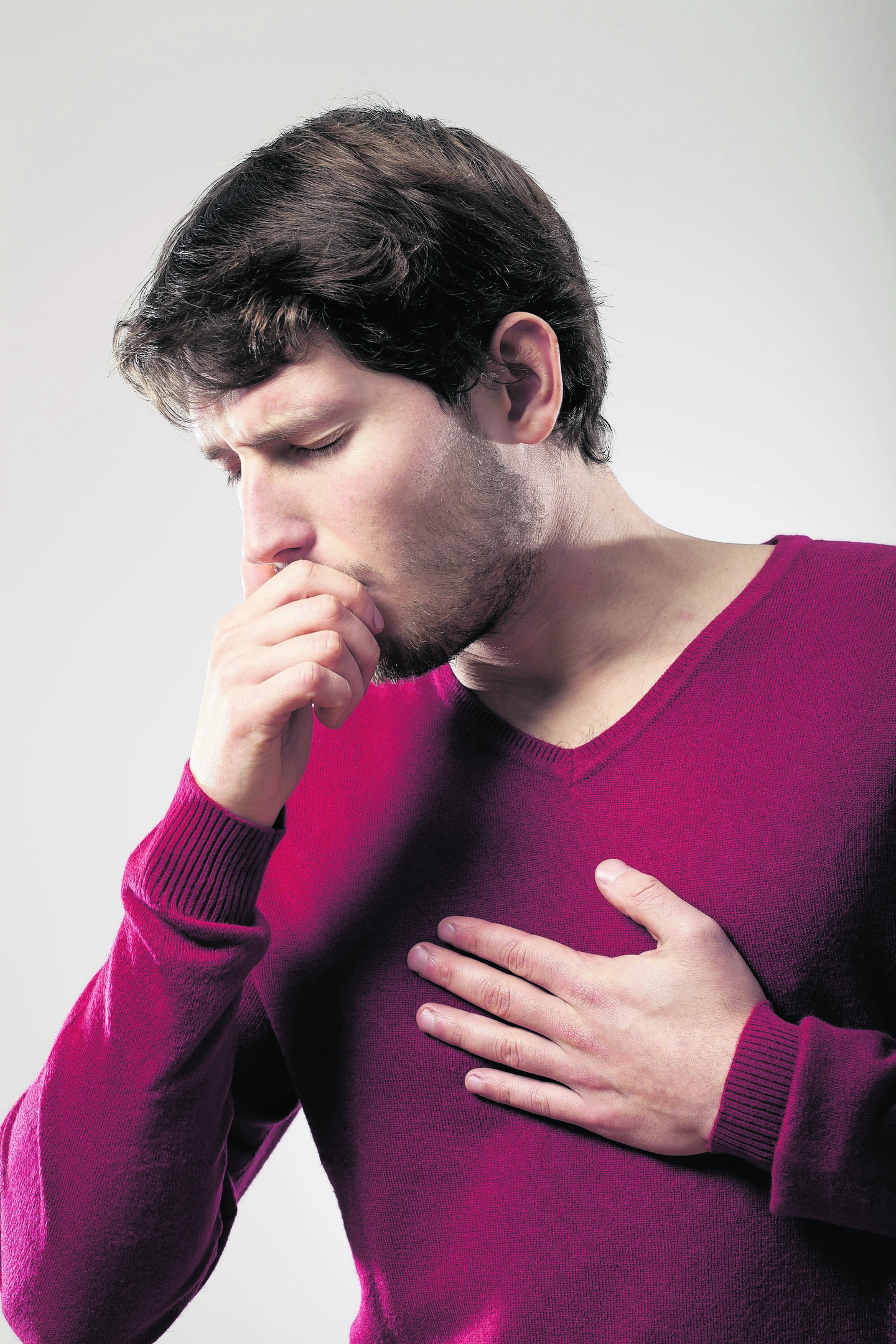It’s been Sarcoidosis Awareness Month, but have you even heard of it? We put this little-known condition in the spotlight
Many of us will notice little red bumps on our skin from time to time. Thankfully, they’re usually completely harmless and nothing to worry about, and will probably go away on their own, eventually.
But if they don’t, and they’re also painful – or if you also have other symptoms, those red bumps could be a sign of sarcoidosis, a condition where cells clump together to form small lumps of inflammation and scarring called granulomas. These can develop anywhere in the body, including on the vital organs.
SO WHAT IS IT?
Sarcoidosis is a little-known disease, but in a bid to help people learn more about it, April is Sarcoidosis Awareness Month.
The British Lung Foundation points out that while around a quarter of the granulomas caused by sarcoidosis can be found on the skin, they are also commonly found in the lungs and lymph glands. In addition, they can occur in the heart, nervous system, liver, spleen, muscles, nose, sinuses or eyes.
SPOTTING THE SIGNS
When many develop in one area, they can affect how well that part of the body works, causing symptoms including:
- Breathlessness and a dry cough
- Fatigue or feeling ill
- Red or sore eyes
- Painful red lumps, particularly on the shins
- Swollen lymph glands in the face, neck or armpits
- Rashes, usually on the upper body
- Painful joints or bones
- An abnormal heart rhythm
RISK FACTORS
Sarcoidosis can start at any age, but it’s most commonly seen in adults in their 30s or 40s, and it’s unusual for children to get it. Researchers think there may be a higher risk of developing sarcoidosis in some people’s genes. It is estimated to affect around one person in every 10,000 in the UK.
It’s not clear exactly what causes it, although it’s thought to be linked to the immune system. An environmental trigger may cause the immune system to attack healthy parts of the body, instead of just attacking ‘threats’, as it’s meant to.
IS IT EASY TO DIAGNOSE?
Symptoms can come on suddenly and not last very long, or can be very gradual and long-lasting – a type of the condition known as chronic sarcoidosis. You can even have no symptoms at all, with the condition only diagnosed after tests, such as X-rays or CT scans, for something else.
CAN IT BE TREATED?
Depending on how severe the sarcoidosis is, and where it’s located, doctors may opt not to treat the condition. In more severe cases, steroids may be prescribed, but often, doctors will just monitor it to see if it disappears on its own.
Lifestyle changes might be recommended too, and the Sarcoidosis Charity SILA suggests simple healthy measures including:
- Stop smoking
- Avoid exposure to dust, chemicals, fumes and toxic gases
- Eat a healthy balanced diet
- Drink plenty of water
- Get plenty of exercise and sleep
WHAT’S THE PROGNOSIS?
There may be flare-ups of symptoms, although most people with chronic sarcoidosis eventually get better. For some, it can last for years, and cause permanent damage and scarring to the affected areas, leading to further symptoms such as increasing breathlessness if the granulomas are in the lungs.
In very rare cases, people can die from heart or lung sarcoidosis.
There’s no cure for the condition, but fortunately it’s rare.
SILA states: “Every case of sarcoidosis is unique. A number of websites claim to understand the causes, and will sell you a cure. Please always consult your doctor before considering an alternative therapy.”
- For more help and information about sarcoidosis, visit www.sila.org.uk or call the Sarcoidosis Charity SILA helpline on 020 3389 7221
